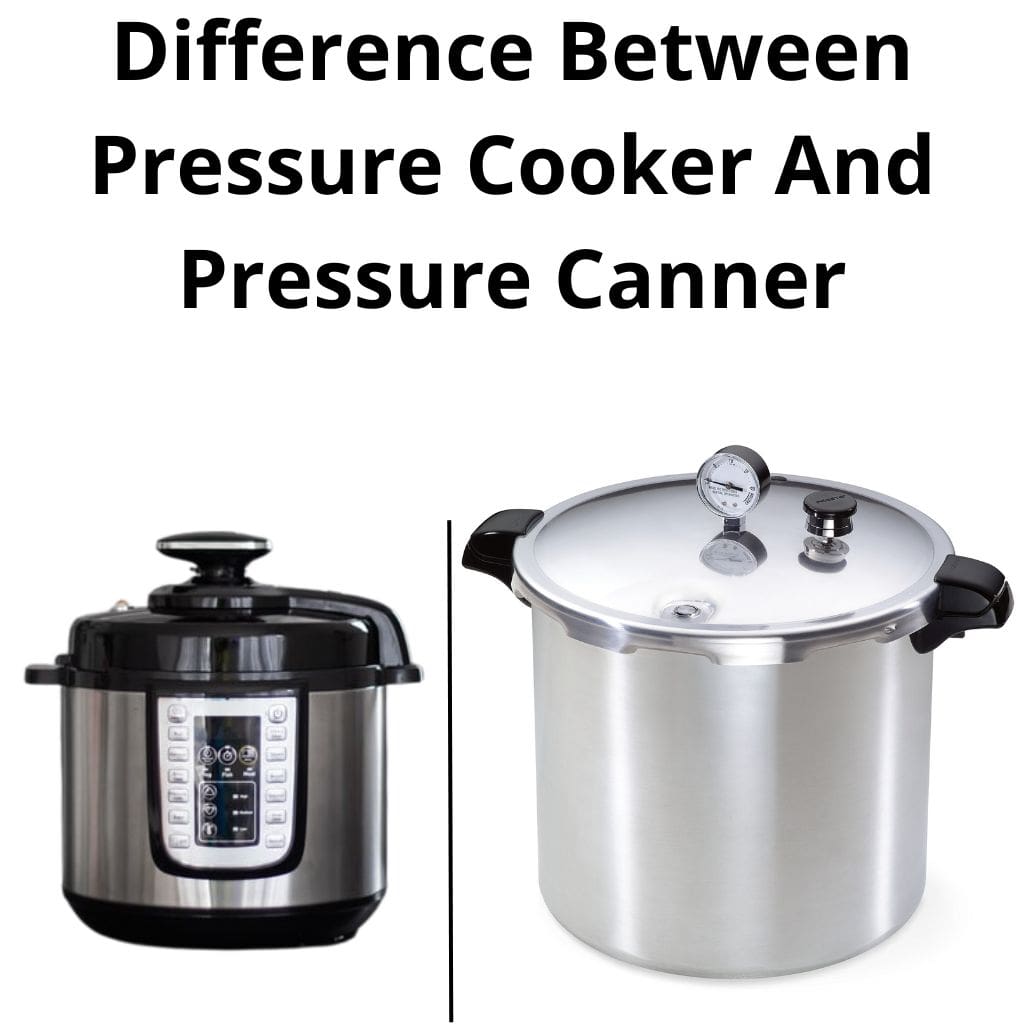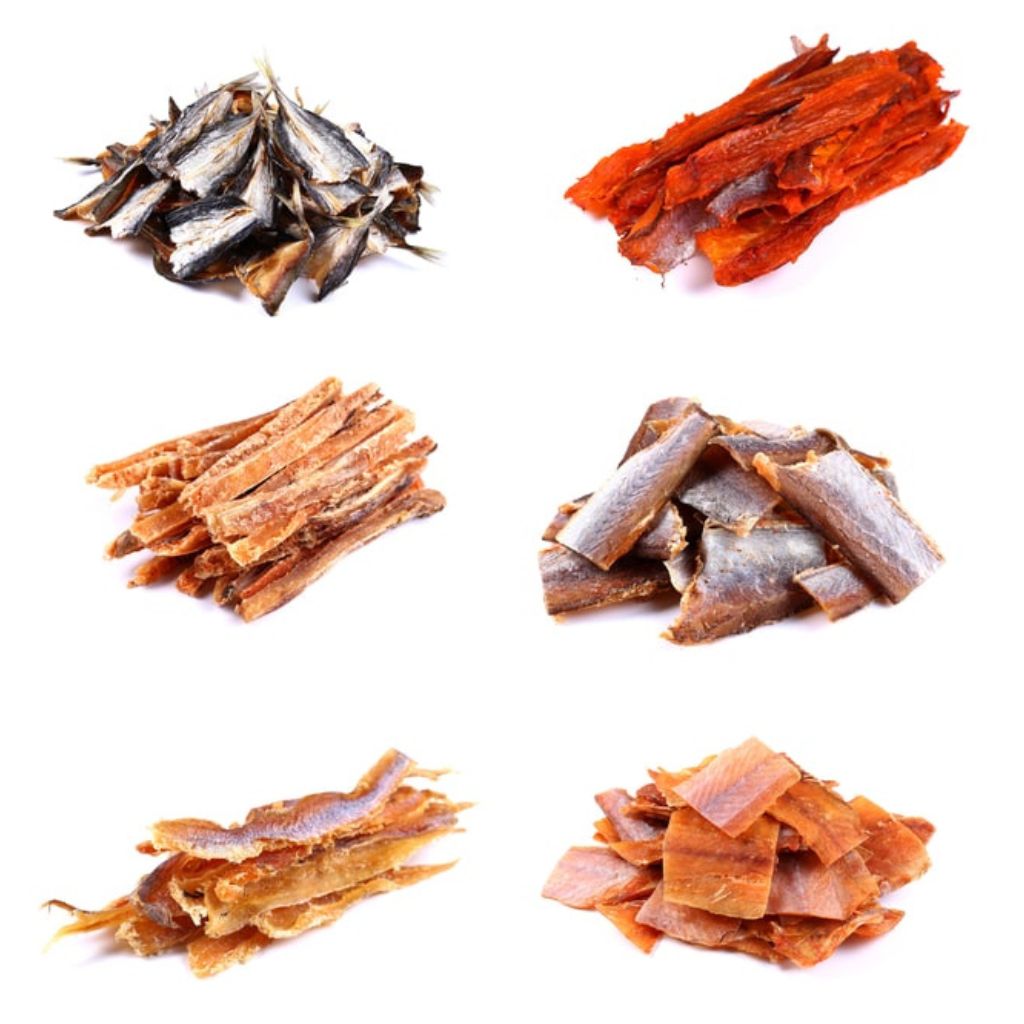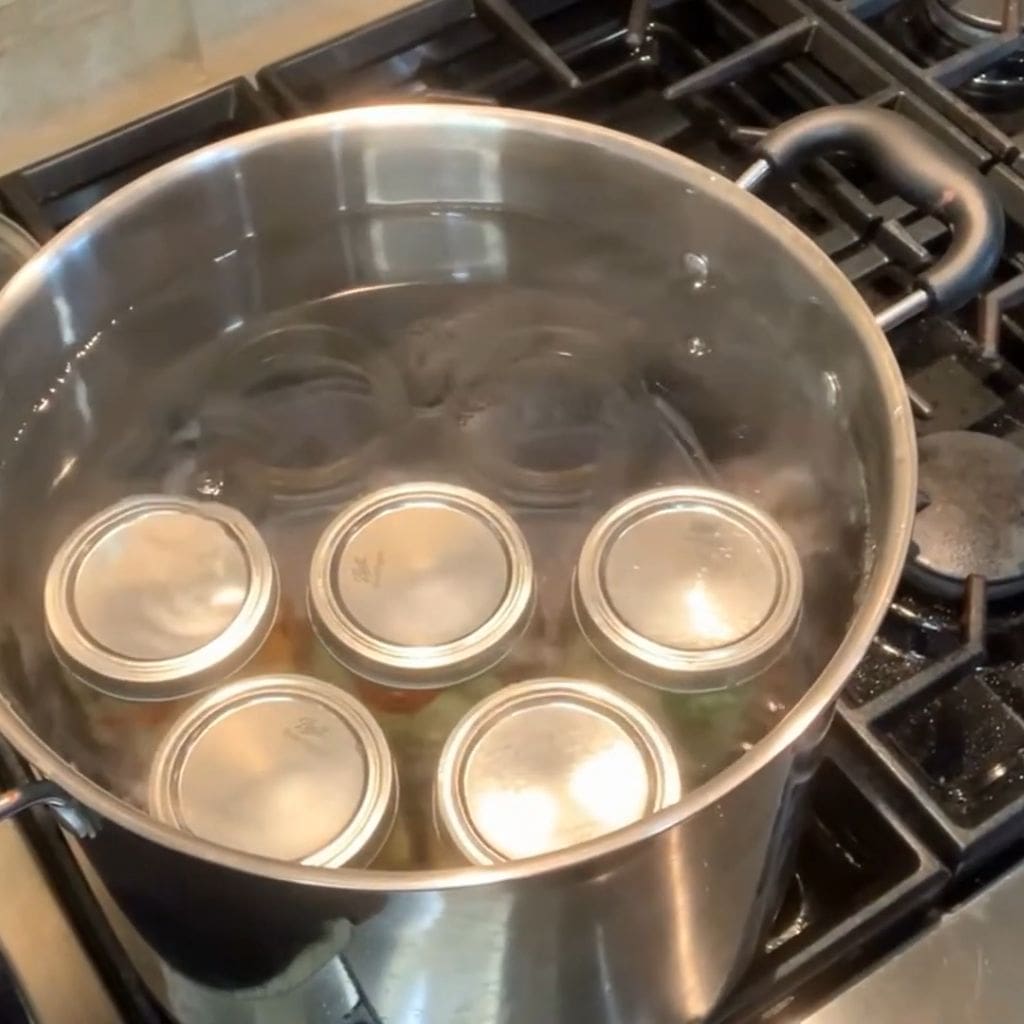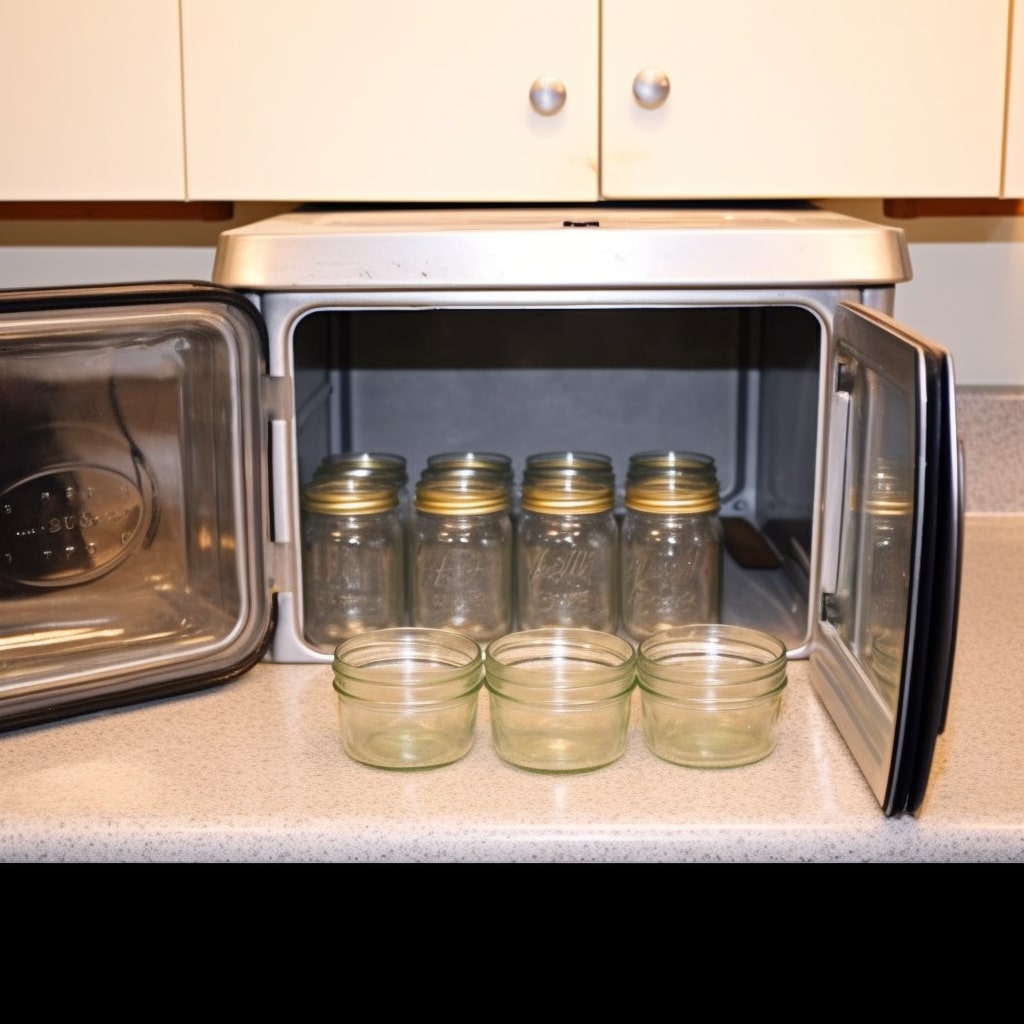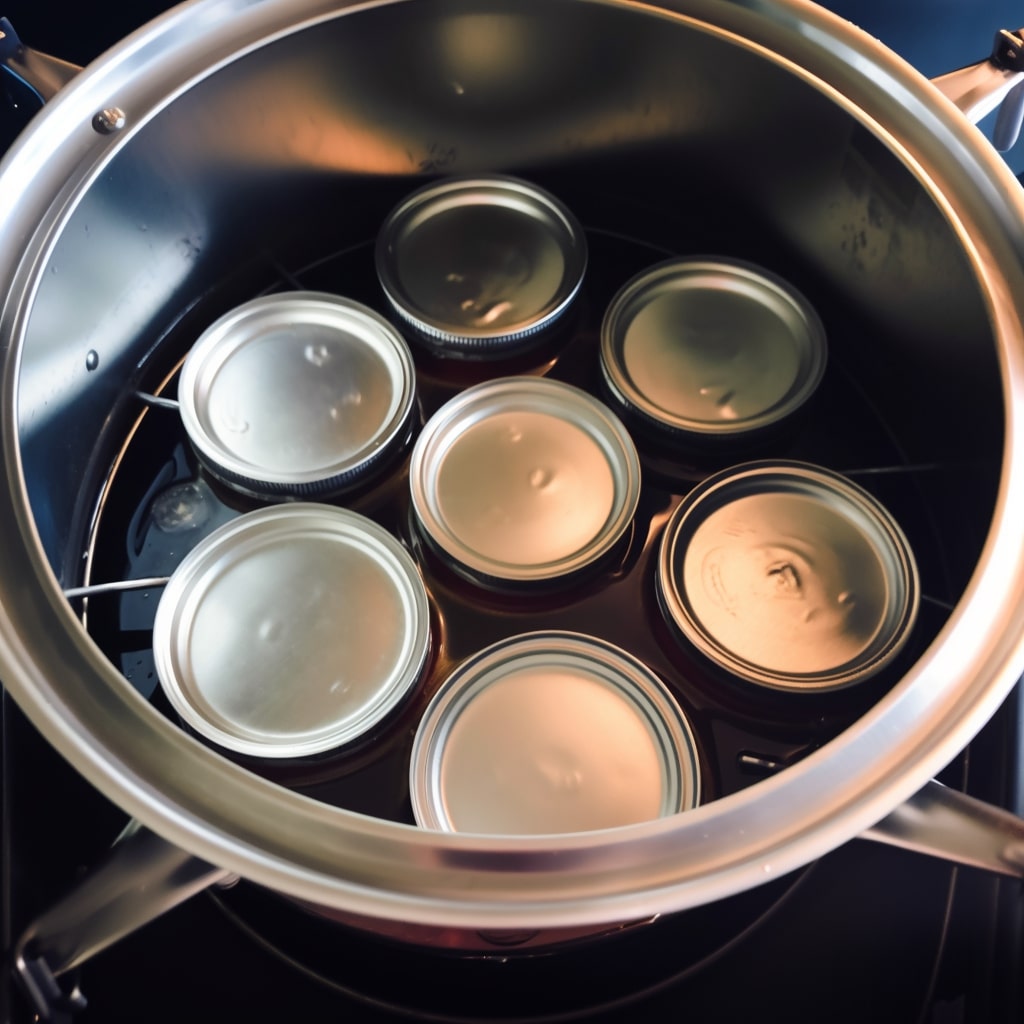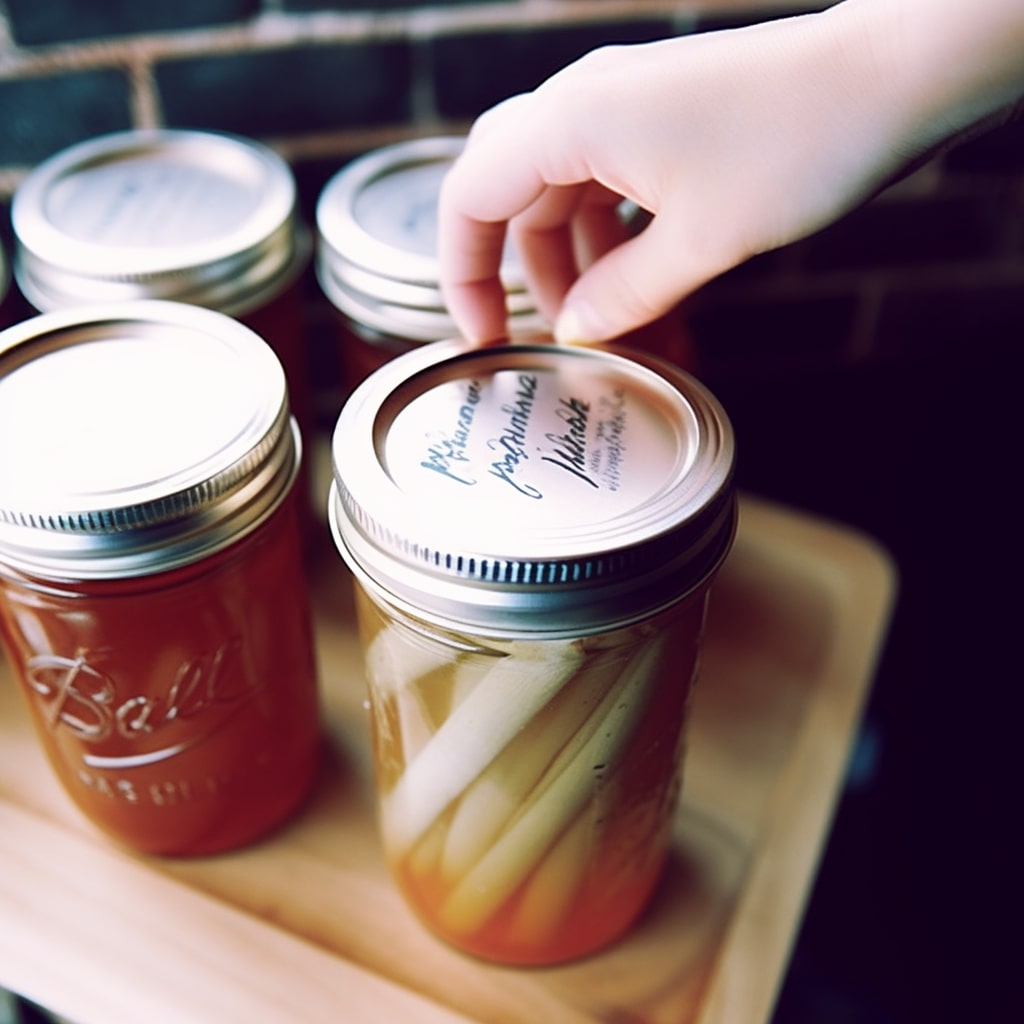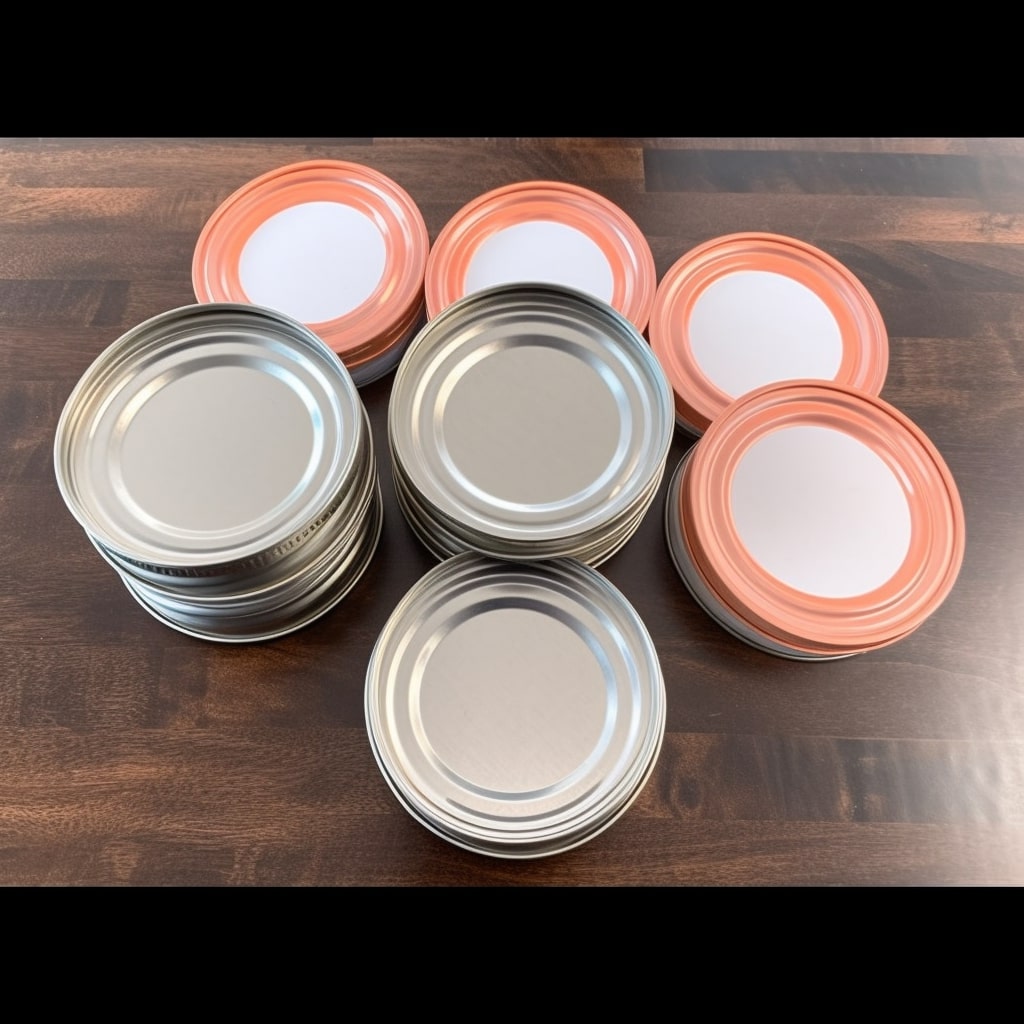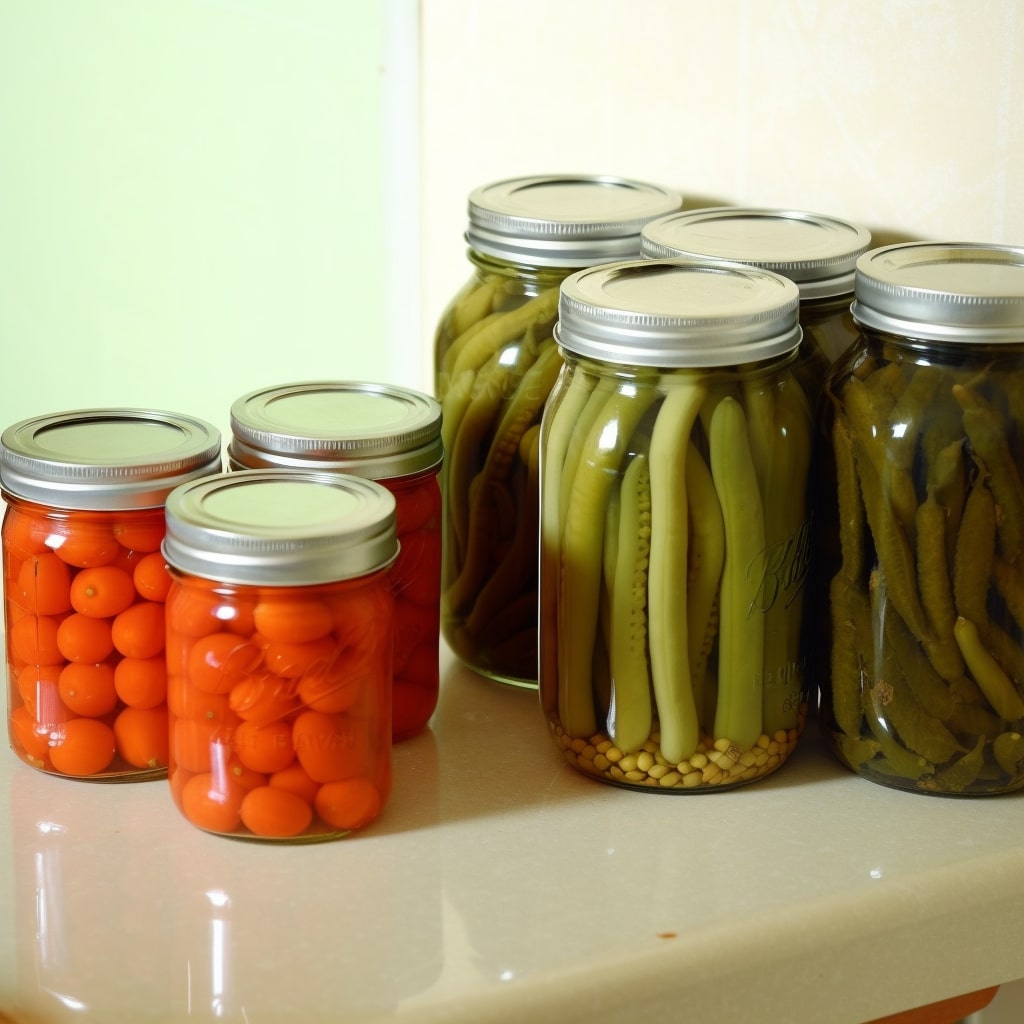Mason jars are more useful than containers to store and preserve food. The query: Can mason jars be put in the freezer comes as we explore the world of freezing foods and preserving in general? This study examines if these recognizable glass containers can protect our culinary creations from freezing temperatures while maintaining their structural integrity.
The Advantages of Using Mason Jars for Storage
The mason jar, has become a loyal partner in the hectic world of the kitchen and has won the hearts of foodies everywhere. Regarding storage options, Mason jars are the hidden heroes because of their extraordinary adaptability and versatility.
The Durability Dynamo
Mason jars have established themselves as the workhorse of kitchen storage because to their durability. These glass marvels are made to withstand the test of time and numerous use cycles. These jars hold strong amongst the everyday commotion, whether preserving your favorite preserves or keeping last night’s soup fresh.
The Eco-Friendly Champion
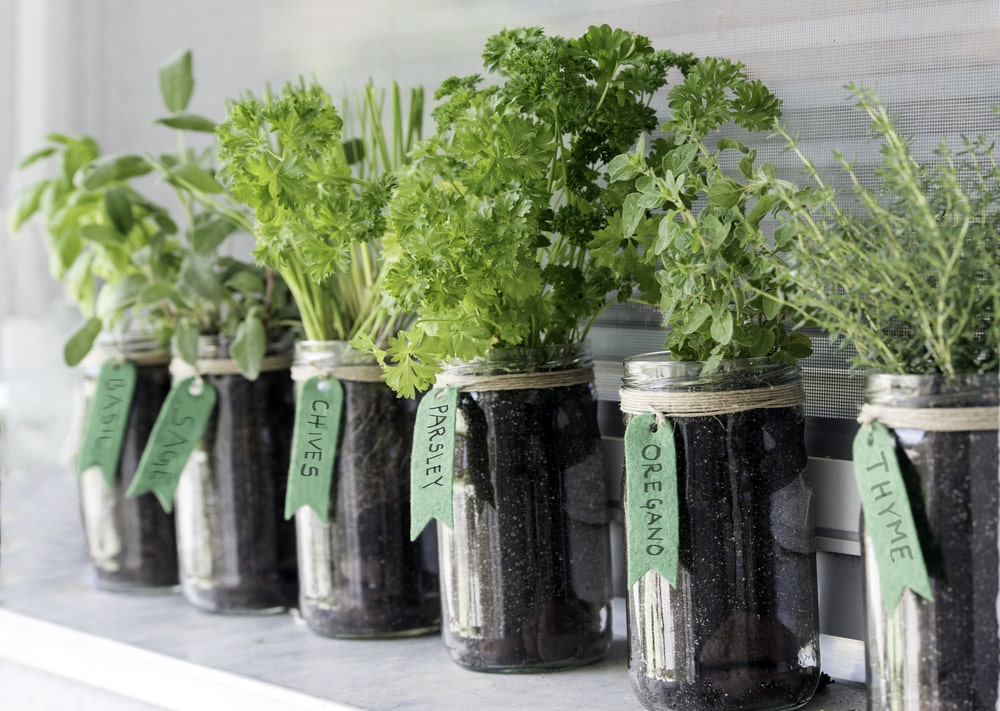
Mason jars are brilliant in a world where sustainability is important. These jars boldly represent the eco-friendly movement as champions of plastic-free living. By their very nature, they motivate us to cut back on waste and choose a cleaner, more responsible storage method.
A Friend to Your Wallet
Discuss value now. Mason jars are an economical option since they represent cost without sacrificing quality. Given their durability and versatility, it’s quite an accomplishment that purchasing these glass guardians won’t break the bank.
The Chameleons of Storage
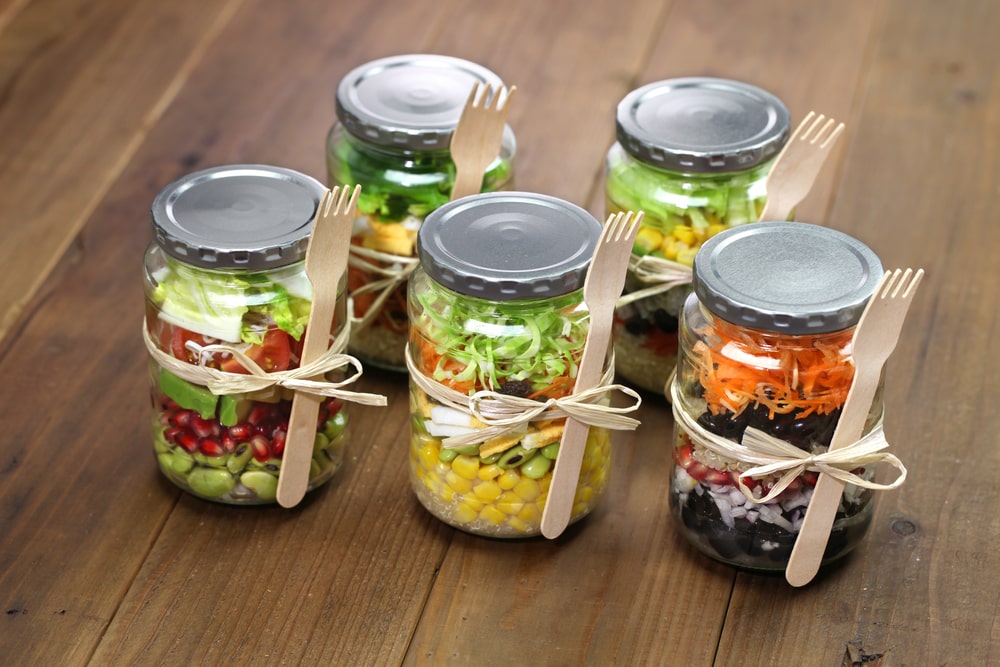
What is the key to the exceptional flexibility of Mason jars? They have the intrinsic capacity to move smoothly between environments. These jars not only survive, but also thrive in the pantry, refrigerator, and even the icy confines of the freezer. The airtight seal, too. Not only does it preserve freshness, but it also gives you access to leak- and spill-proof on-the-go meals.
A Prelude to Culinary Exploration
Mason jars have become the perfect ally for chefs and food preppers. They happily accept your culinary creations while waiting for their day in the spotlight. Look no further if planning meals is your passion. Fill up beautiful glass vases, gently freeze them, and then have a treasure trove of delectable treats.
Can mason jars be put in the freezer?
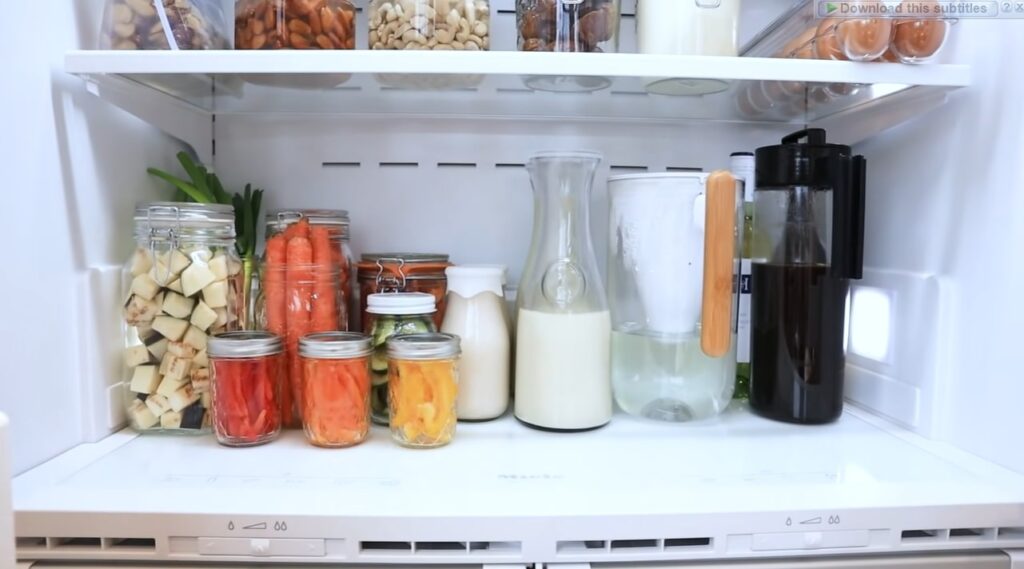
Unlike when you microwave mason jars for heating reasons, you may have to make sure there is the microwave-safe symbol on them first; but when it comes to freezing, almost all kinds of mason jars without shoulder are freezer-safe! You no longer need to ponder whether those hardy glass containers will withstand the freezer’s frost. Unanimously, the response is yes!
Mason jars, the dependable friends in the food storage world, are made of tempered glass. And I’ll tell you, this is different from your typical glass. It has undergone a unique heat treatment procedure that has enhanced its strength and durability and turned it into a glass superhero. Mason jars are, therefore, less prone to break when exposed to abrupt temperature fluctuations, such as those that could occur during freezer storage.
The capacity of this glass to withstand a broader range of temperatures is the key to its durability. Mason jars can handle everything from scorching hot contents to the cold of your freezer. So don’t be afraid to put your delectable homemade soups, stews, sauces, or even those fruit jams from the summer into mason jars and give them a warm place in the freezer.
Look no further than the major companies in the mason jar industry for names you can trust. Ball, Bernardin, and Kerr are just a few examples of names that have been tried, tested, and proved more than capable. These companies have proven time and over again that they are the industry leaders in food preservation, earning their stripes.
Reasons to Opt for Freezing Food in Mason Jars
I use almost every form of food preservation available (pickling, vacuum sealing, dehydrating, fermenting, canning including water bath, pressure canning and even testing out technique not requires boiling, you name it! ), but I frequently still fall back on the straightforward technique of freezing in mason jars. This is why:
Simple and Convenient
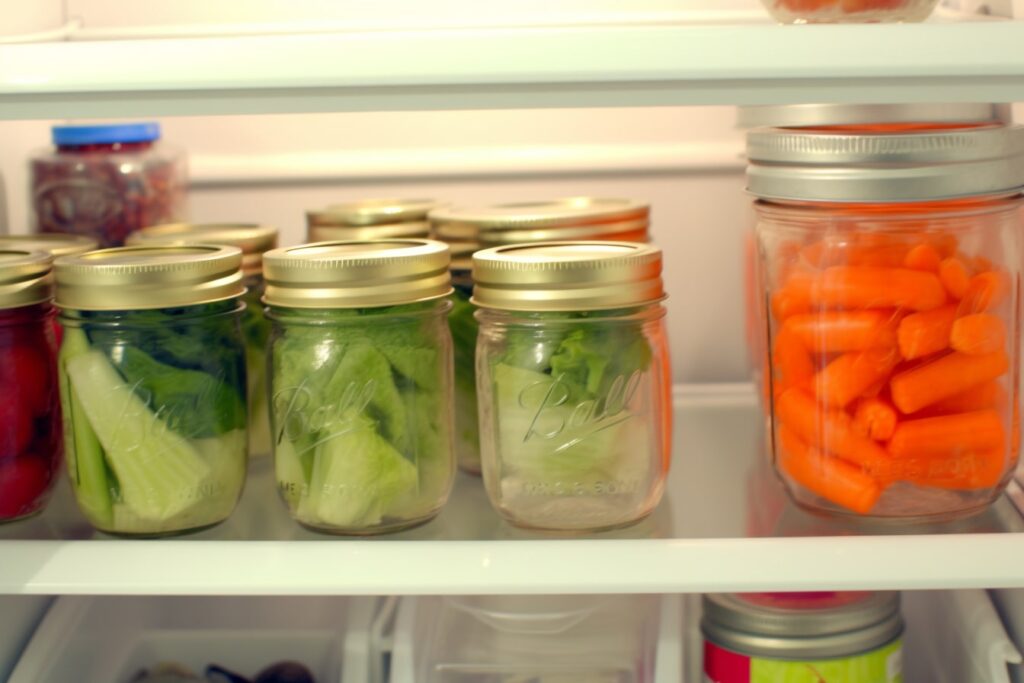
Why overcomplicate the process of food preservation? Using mason jars to freeze food is the epitome of simplicity. There’s no need to stress about difficult methods or difficult stages. With this approach, preserving the freshness of your favorite foods requires just a few simple actions.
Imagine carefully putting your preferred culinary creation into a wide-mouth Mason jar—a nourishing soup, colorful fruits, or even a decadent sauce. It almost feels like the convenience is beginning to take hold when you slip the top into position. What’s best? You’re not battling difficult equipment or trying to figure out difficult directions. It is simple, stress-free, and completely reachable.
Minimal Equipment Required and Cost-Effective
Imagine the variety of equipment needed for different food preservation techniques: colossal dehydrators, commanding vacuum sealers, and powerful pressure canners. Now compare that to freezing in mason jars, which is relatively straightforward. A reliable wide-mouth mason jar and an appropriate cover are all you need. These necessities are already stashed away in your kitchen. In addition, if you are facing difficulties opening jars put into the fridge, maybe these jar openers may help efficiently, canning lids no longer a nightmare for sure.
Consider this: specialist equipment can be expensive, but mason jars are the preservationist’s dream for a low-cost solution. They are vessels of possibilities rather than merely containers. It’s the type of approach that values simplicity without sacrificing effectiveness. Who wouldn’t value having more room in their kitchen and the added benefit of money savings?
Therefore, freezing in mason jars calls with its simplicity and cost-effective charm, whether you’re a seasoned food preservation enthusiast or just starting to dabble in keeping tastes alive.
Safe from Harmful Substances and Environmentally Friendly
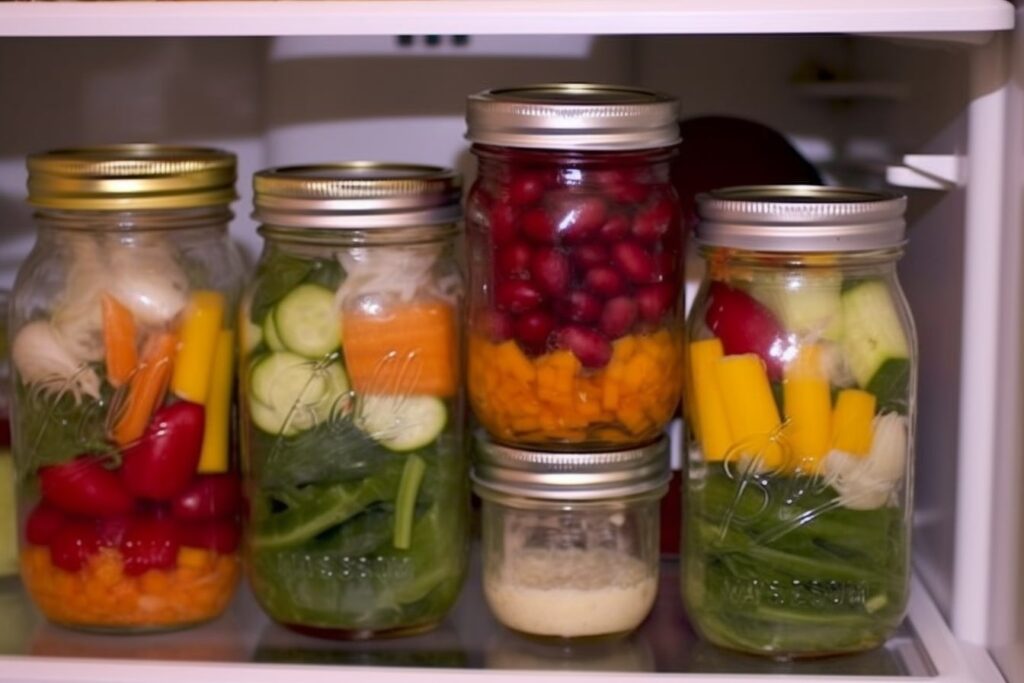
Fusing sustainability and health concerns is one of the most amazing benefits of storing food in mason jars. Imagine living in a world where you can keep your prized foods without worrying about plastic leaking into them. Enter mason jars, the dependable friends you can trust to handle your food.
Choosing glass mason jars ensures that your food will remain as pure as the minute it was prepared because they are toxin-free. Glass keeps its immaculate quality, making it a great partner in your food preservation journey in contrast to other plastics that could raise eyes. Put an end to concerns about enigmatic substances contaminating your food.
However, Mason jars captivate people because their love story keeps improving. These wonderful containers are not one-time-use products that will end up in the trash. Oh no, they are leaders in the revolution of the reusable! When you’ve finished the last taste of your homemade soup, give your Mason jar some TLC by giving it a good wash.
Minimize Wastage of Food
Have you ever served dinner with a touch too much soup? Even the finest of us experience it. Freeze it is a delightfully easy solution. You are preserving those excess spoonfuls for future culinary delights rather than saying goodbye to them. A neglected cup of soup might be a surprising gem in a time crunch.
Imagine the ease of having smoothies on hand that you couldn’t finish in one sitting. Freeze the surplus instead of lamenting it. A chilly pleasure greets you on a hectic morning, a welcome reminder that yesterday’s carefree blending is today’s saving grace.
Homestead-refried beans, lovingly simmered and cooked in abundance, deserve their moment to shine beyond taco night.
And for those times when the canning process doesn’t go according to plan – a jar stubbornly refusing to seal – don’t fret. Don’t compromise on flavor, but pop it in the freezer, granting it a new lease on life and a chance to prove its worth.
Guidelines for Storing and Freezing Items in Mason Jars
Incorporating mason jars into your storage routine offers a versatile and sustainable solution. Discover the art of preserving freshness and flavor as we delve into the ingenious ways to store or freeze a wide array of items using the humble mason jar.
Selecting the Appropriate Size of Mason Jar
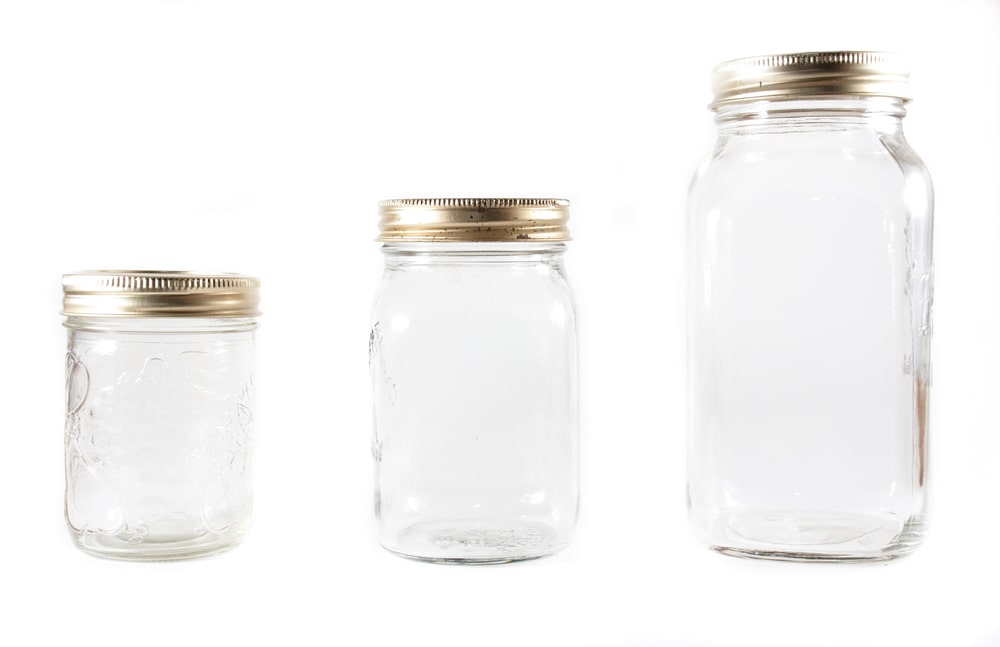
Mason jars are a functional and fashionable solution for preserving your culinary creations. Picking the ideal jar size is the first step in maximizing your storage. Choose wide-opening mason or bell jars for those delectable soups, stews, or leftovers. These jars are like tiny kitchen magicians, enabling you to freeze one or two parts of your delicious creations perfectly.
The dependable quart-sized mason jars are your go-to for larger batches and pantry management. Think of them as your kitchen’s helpers prepared to store larger quantities of leftovers or maintain a clean pantry. Wide-Mouth Quart Mason Jars are the unsung heroes, always available to help.
Allowing Proper Cooling for Soups, Stews, or Main Dishes
Picture this: you’ve just whipped up a fantastic batch of soup, and you’re eager to store it. But hold on – before pouring that piping hot liquid into your jar, take a breath and let it cool down a bit. We’re all about ensuring your mason jars stay in tip-top shape. So, let your scrumptious creation cool off a tad before it takes its cozy spot in the jar.
Transferring Contents into the Chosen Mason Jar
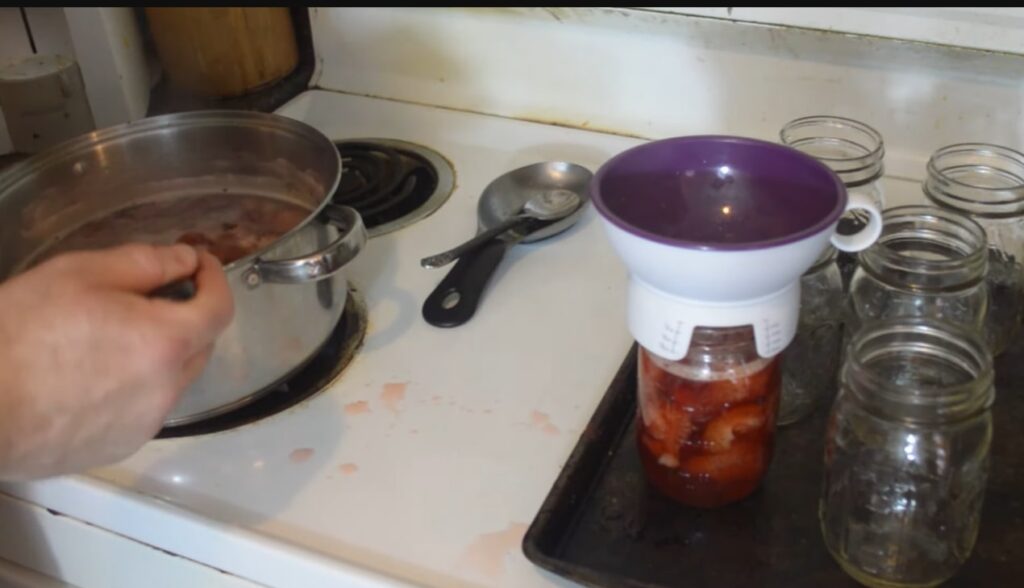
The exciting step is now putting your gourmet creation in the mason jar. It’s like giving your creation a cozy place to live until you feel like indulging again. Grab your powerful combo for this job: a wide-mouth funnel and a stainless steel ladle.
With the funnel in your corner, there won’t be any spills or splatters. It’s like having your own sous chef to ensure the transfer procedure runs well. And let’s revisit your freezing superhero, the wide-mouth mason jar. It is not just for show; it is purposefully made to simplify freezing, especially for soups and stews that need special attention.
Remember, a little investment in the right tools goes a long way in making your kitchen adventures smoother and more enjoyable.
Leaving Adequate Space Inside
One important guideline sticks out when using a trusted Mason jar for storage or freezing items: allow your contents enough breathing room! It’s vital to allow at least a two-inch space between the top of the jar and whatever you’re putting into it. Think of your Mason jar as a warm home for your favorite ingredients or concoctions.
The truth is that frozen liquids want to extend their legs and can become extremely agitated if they cannot do so. So, be patient and repress the impulse to overfill your jar. We’ve all heard the heartbreaking stories of cracked jars, so we want to ensure that doesn’t happen to yours.
Ensuring Complete Cooling in the Fridge
Imagine that you have filled your Mason jar to the brim with everything wonderful you can think of, and you are inclined to put it in the freezer right now. But wait, eager freezer, buddy! First, let your invention chill in the refrigerator to prevent the dreaded jar from breaking.
Put those lids on, then place your jars in the refrigerator. Let them stay there until they feel comfortable, and the temperature is cool, not even a little bit warm. We promise that the brief wait will be worthwhile. Jumping the gun and filling your Mason jar with extremely hot or even merely warm liquids will cause it to break early. And we’d want to stay away from such circumstances.
Attaching a Label
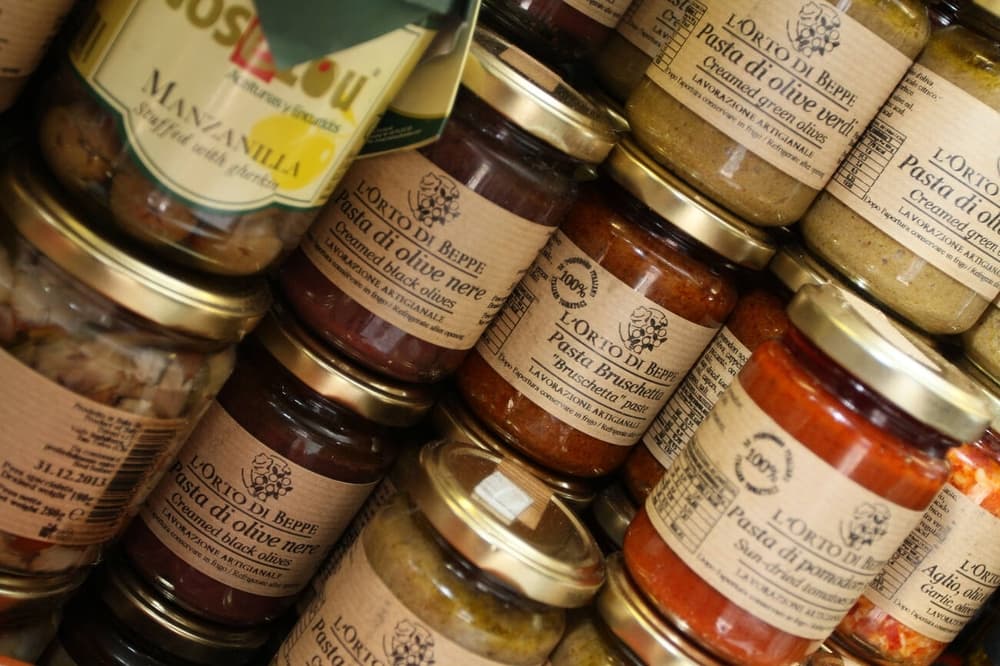
Okay, superstar, you’ve got a ton of stuff hidden away and a strong Mason jar game, but hold the phone! Let’s add a dash of organization before you delve into a jar of mysterious material.
Labels are the unsung heroes of the storage universe. A clear and straightforward label can spare you from some frustrating times, especially if you’re navigating the frigid depths of the freezer. No more speculating about the contents of that icy container!
Here is a quick and simple labeling method: take out your trusted permanent marker and a little piece of washi masking tape. Note the name of your treasure and the date when you stored it.
You’re good to go if you adhere to this label on the lid. Simply remove the label and thoroughly wash the lid once you’ve emptied the jar. Whenever you use a jar and know precisely what’s inside, it’s like doing a little victory dance.
Freezing Mason Jars Effectively
The tastes and goodness of your favorite meals may be preserved for later delight by freezing them in Mason jars. You may continue to enjoy those delectable delicacies for months by following a few easy steps. So let’s get started learning how to freeze in Mason jars!
Yes, you read that right: your culinary masterpieces may be preserved in the frigid confines of your freezer with the help of Mason jars, a versatile and dependable partner. These jars may hold everything, including substantial soups, aromatic sauces, and those delicious fruit preserves. Aim to consume your frozen treasures within three to five months for maximum outcomes.
Defrosting Process
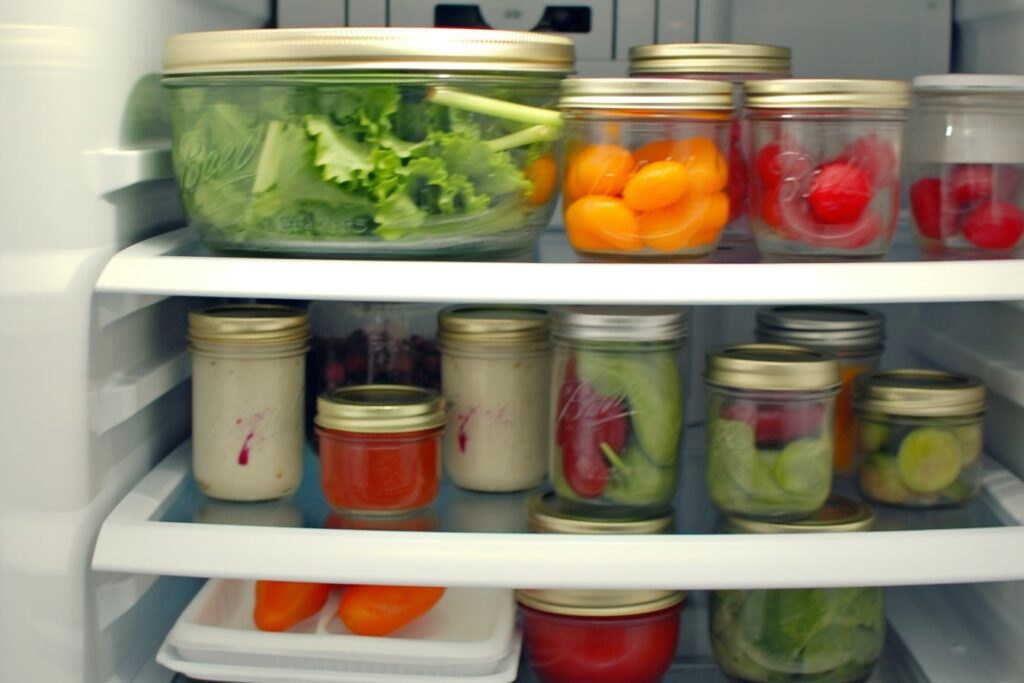
Now that you’ve carefully frozen your gourmet masterpieces, it’s time to enjoy them. However, a key phase must be completed first: thawing.
The food in your Mason jar should defrost overnight in the refrigerator before being heated.
When it comes to thawing, patience is a very important virtue. Put your Mason jar to bed in the fridge for a peaceful night’s sleep; this slow thawing procedure guarantees that your food is safe and its textures are preserved. Every taste will be just as delicious as when you initially cooked it, thanks to the refrigerator’s cozy embrace.
Typical Errors When Storing in Mason Jars in the Freezer
Food may now be frozen in Mason jars to maintain freshness and reduce waste. However, there are several frequent errors that users of this approach frequently commit. Understanding these dangers will help you get the most out of freezing in mason jars while avoiding possible problems, such as poor filling or broken jars.
Employing Mason Jars with a Raised “Shoulder”
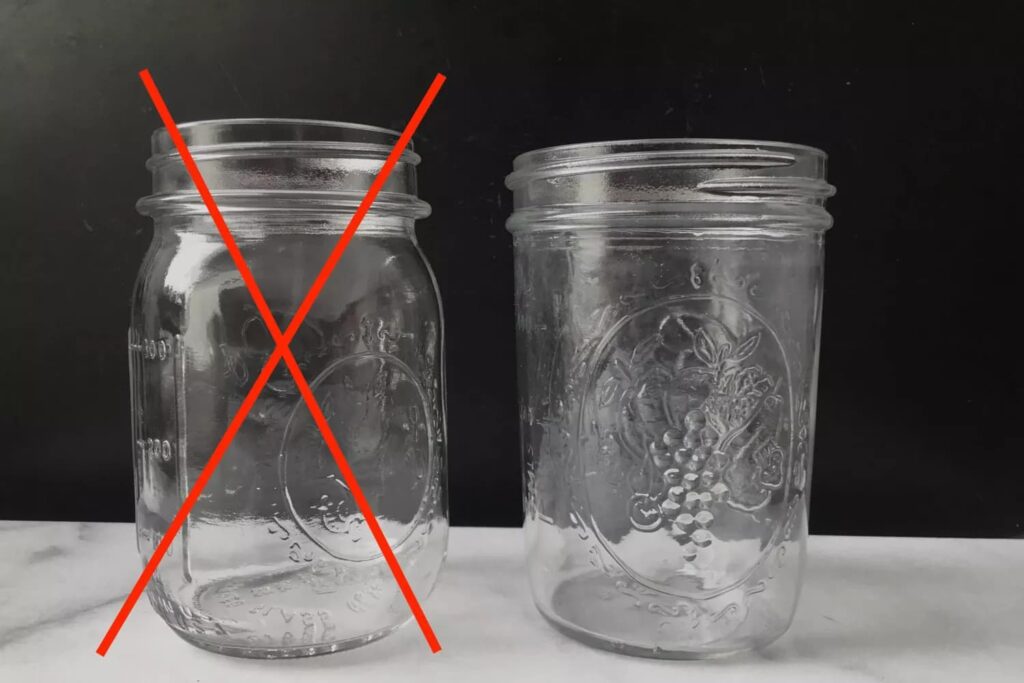
Selecting the ideal container is crucial for freezing in Mason jars. Wide-mouth Mason jars excel in such a situation! They are your dependable companion in your arctic expedition. The reason is the contents’ ability to seriously press on the jar’s walls as they freeze and expand.
And that’s when a standard-mouth jar’s “shoulder” could feel slightly overburdened.
They are built to handle the escalating pressures of freezing with poise and tenacity. Therefore, while preparing for a freezing excursion, have the appropriate supplies – wide-mouth mason jars. They give your frozen creations the room they require without causing any fuss. Think of them as the flexible trousers of the mason jar world.
Adding Heated Contents into the Mason Jar
Imagine you had a steaming pot of your favorite stew or sizzling hot soup that you can’t wait to freeze for later desires. You take out your Mason jar and immediately pour that fiery delight inside. But wait, there’s a secret about the delicate dance between glass and temperature variations that you need to know.
- Option 1: Be a little more patient. Before adding the heated ingredients to the mason jar, let them cool to room temperature. It resembles allowing your invention some time to breathe and get used to its new, chilly surroundings.
- Option 2: Give your mason jar a warm-up session if you feel antsy (we’ve all been there). For a few minutes, fill it with hot tap water before adding the extremely hot contents. To make your jar toasty, you can even give it a leisurely run through the dishwasher.
Exceeding the Mason Jar’s Capacity
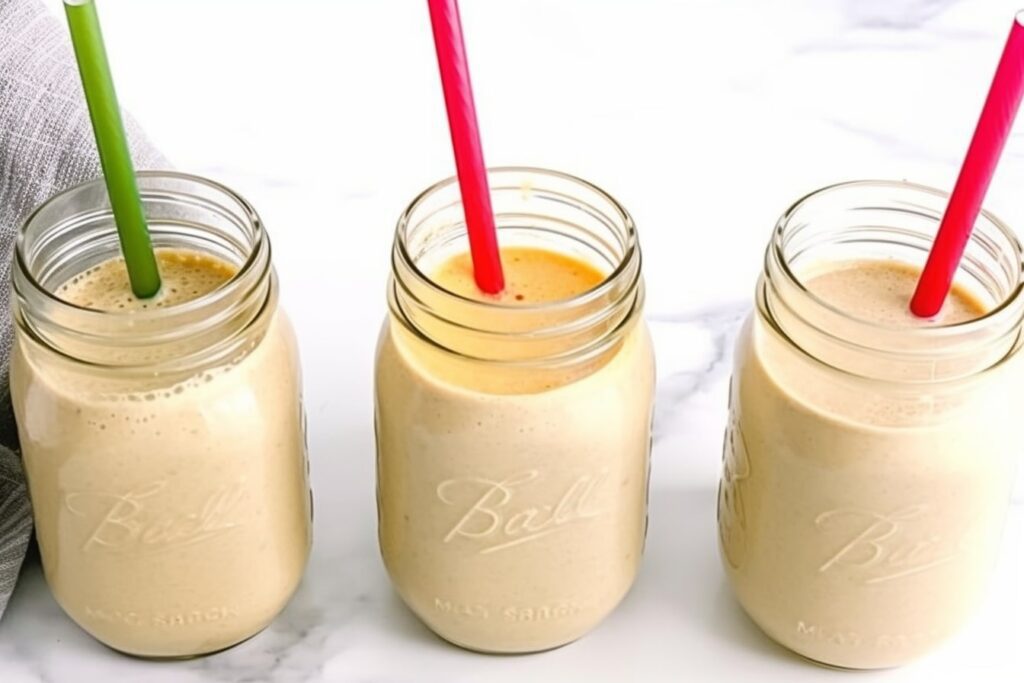
Oh, the thrill of preserving your culinary delights in mason jars! But wait on, there’s a common mistake you’ll want to be sure to avoid: filling the jar to the brim. We understand the need to savor every last bit of goodness because we’ve all been there. But here’s the scoop: by packing that jar to the brim and freezing it, you risk creating a catastrophe.
Why, you inquire? Because frozen contents expand while they conduct their icy dance, your jar may split or break if there isn’t enough area for them to spread their ice legs. You wouldn’t want your handmade soup or sauce to be the star of that show, would you?
Utilizing Regular Canning Lids
Now we’re getting into lid area, all right. You have the typical canning lids, a reliable ally, but there is a catch. These lids can eventually start to corrode. Imagine yourself anxiously opening your frozen prize only to discover a rusted lid that won’t move. Not quite what you had in mind for a welcome celebration.
Introducing your new best friends for freezing and dry storage: stainless steel lids. These champions are the real stuff; they are strong, rust-free, and ready to hold your masterpieces secure. They resemble the superhero cape that your Mason jar fantasizes of wearing.
Now, keep in mind that the game with these lids is dry storage and freezing. Keep them in their comfort zone; they aren’t designed for the high-pressure environment of canning. Bid farewell to the blues of rusty lids and welcome to a frozen wonderland of delicious preservation.
Placing Warm Contents in the Mason Jar for Freezing
You’ve just made some delicious food, and you can’t wait to freeze it in mason jars. Let’s hold on to prevent any frosty explosions! The best method for putting your jar in the freezer is shown here.
Patience is the name of the game. You see, the glassy nature of your jar might have problems with fast temperature swings. Give your freshly filled jar time to relax to avoid jar-crushing shocks. Place it in the refrigerator and allow it to cool before transferring it to the frozen depths of your freezer.
Sealing the Lid Securely Before Freezing
It’s a great way to continue enjoying your homemade delicacies’ tastes after their season has ended. But when it comes to freezing in Mason jars, there’s a minor tip to learn: allowing a little breathing area for growth.
Your jar’s contents will naturally expand as they freeze, which may strain the container. But don’t worry, we have a simple fix to stop any unintended breaking or mess. When ready, place the lid on your jar to put it in the freezer, but wait to tighten it. This little procedure prevents the contents of the jar from creating too much pressure when they freeze and expand.
Neglecting the Task of Labeling
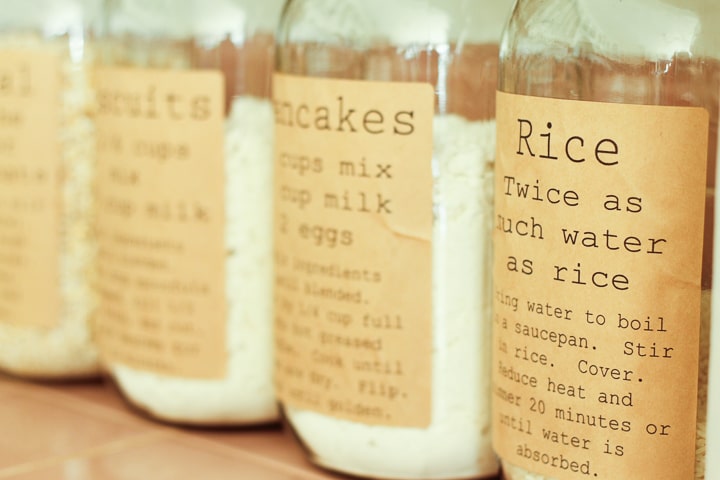
The main goal is to simplify your life so you may enjoy your prepared treats. Imagine that when you open your freezer, you can quickly and easily find the desired food. And what is the key to obtaining this gastronomic paradise? giving your Mason jar labels.
We know that life may be hectic and that our memories might occasionally fail us. Labeling steps in as your dependable ally in this situation. A straightforward label indicating the contents and the date of freezing becomes your guide to taste town, whether it’s the hearty tomato soup you made on a chilly evening or those enticing summer berries you couldn’t resist stocking up on.
Decide what’s inside each jar and the date you placed it in the freezer before placing them in their cool hiding place. However, it may seem like a simple chore, but trust us when we say that future-you will appreciate the consideration shown by present-you. Additionally, by beginning with the oldest ingredients, you show off your cooking skills and ensure everything is well-spent.
Conclusion
Mason jars can actually find a home in the freezer, but there are a few key restrictions. Risks of breaking can be reduced by using freezer-safe mason jars, providing enough headspace, and using gentle temperature changes. While some mason jars could withstand the frost, it is wise to use caution and think about using alternate freezer-safe containers to preserve both your beloved jars and delicious foods.
FAQ
Why do mason jars break in the freezer?
The most common reason mason jars break in the freezer is the expansion of contents beyond the jar’s capacity. This can result from overfilling the jar, freezing warm contents, or sealing the lid tightly before completely freezing.
Another reason is the use of non-tempered glass, which contains air bubbles that contract during freezing and expand during thawing. Rapid changes can lead to breakage. It’s best to use canning jars with tempered glass.
Can you freeze mason jars with metal lids?
Yes, you can freeze mason jars with metal lids, but they can rust quickly, making them difficult to remove and unsuitable for reuse. Using stainless steel lids with silicone seals is recommended for freezing mason jars.
Can you freeze mason jars with liquid?
Certainly! Freezing liquids in mason jars is common and practical. Whether it’s applesauce, schmaltz, smoothies, or bone broth, freezing liquids in mason jars is possible. Just remember to leave enough headspace to accommodate expansion.
Can you freeze fruit in mason jars?
Yes, you can freeze whole fruits in mason jars. Additionally, you can freeze processed fruit items like applesauce or smoothies in these jars.
Can you freeze mason jars with smoothies?
Absolutely! Freezing smoothies in mason jars is an effective method. Simply take out the jar the night before, allow it to thaw in the fridge, and enjoy it for breakfast. Adequate headspace should be left when freezing smoothies.
Can you defrost frozen food in mason jars?
Yes, you can defrost frozen food in mason jars. To do so, remove the jar from the freezer and place it in the refrigerator for gradual thawing. Avoid microwaving frozen mason jars. If you’re in a hurry, you can remove the lid and place the jar in a bowl of warm water.
Are there downsides to freezing in mason jars?
While freezing in mason jars is convenient, there are a few drawbacks. First, food may experience freezer burn due to oxygen exposure in the top inch of the jar. Additionally, mason jars take longer to thaw compared to flat freezer bags.

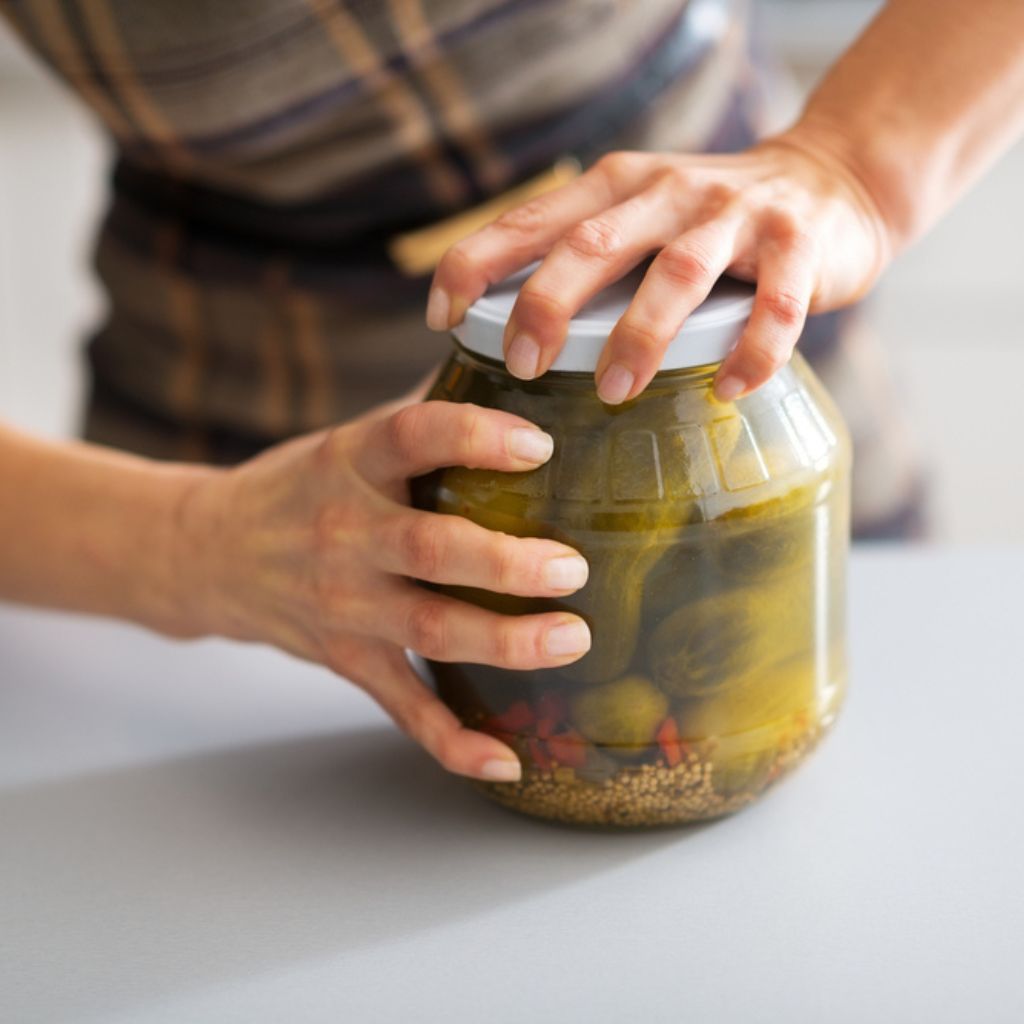
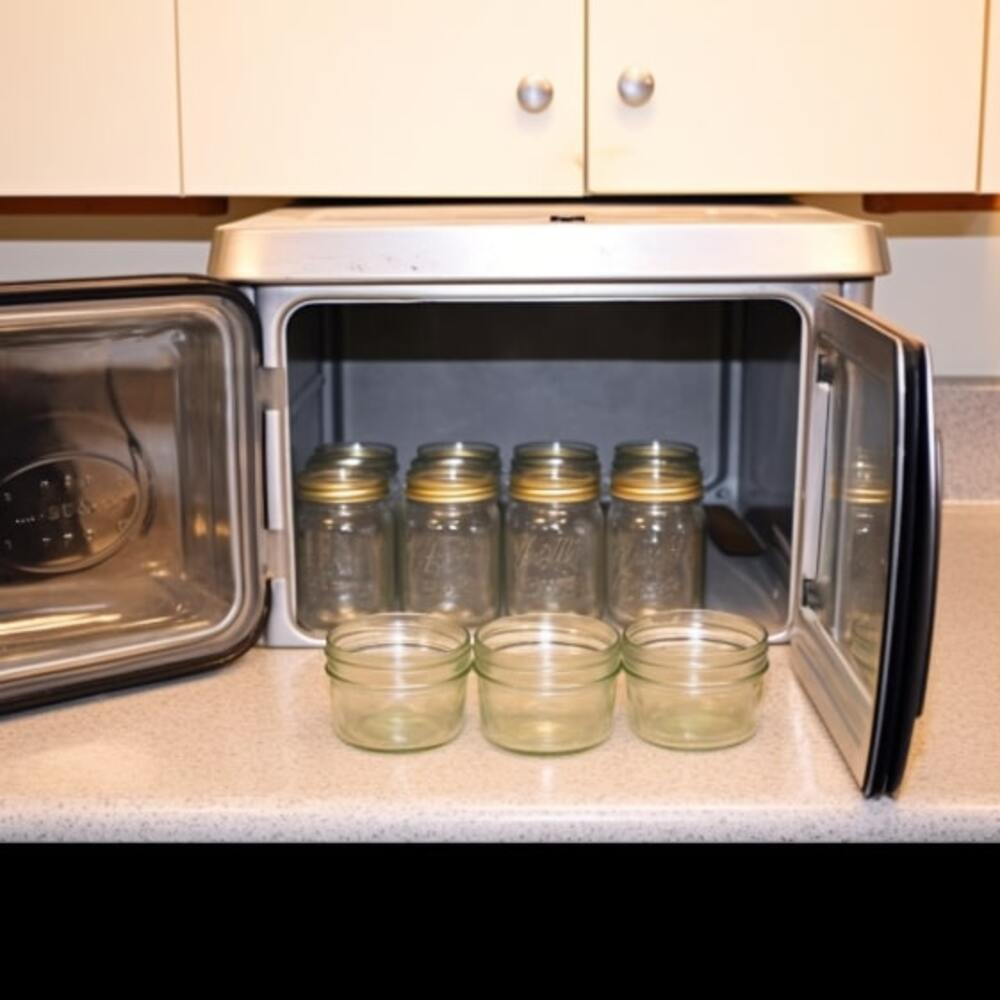

![Top 5 Best Jar Opener for Seniors Elderly [Updated 2023]](https://manzanillanyc.com/wp-content/uploads/2023/07/Top-5-Best-Jar-Opener-for-Seniors-Elderly-Updated-2023.jpg)

